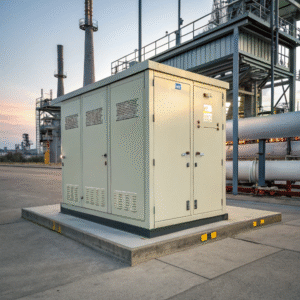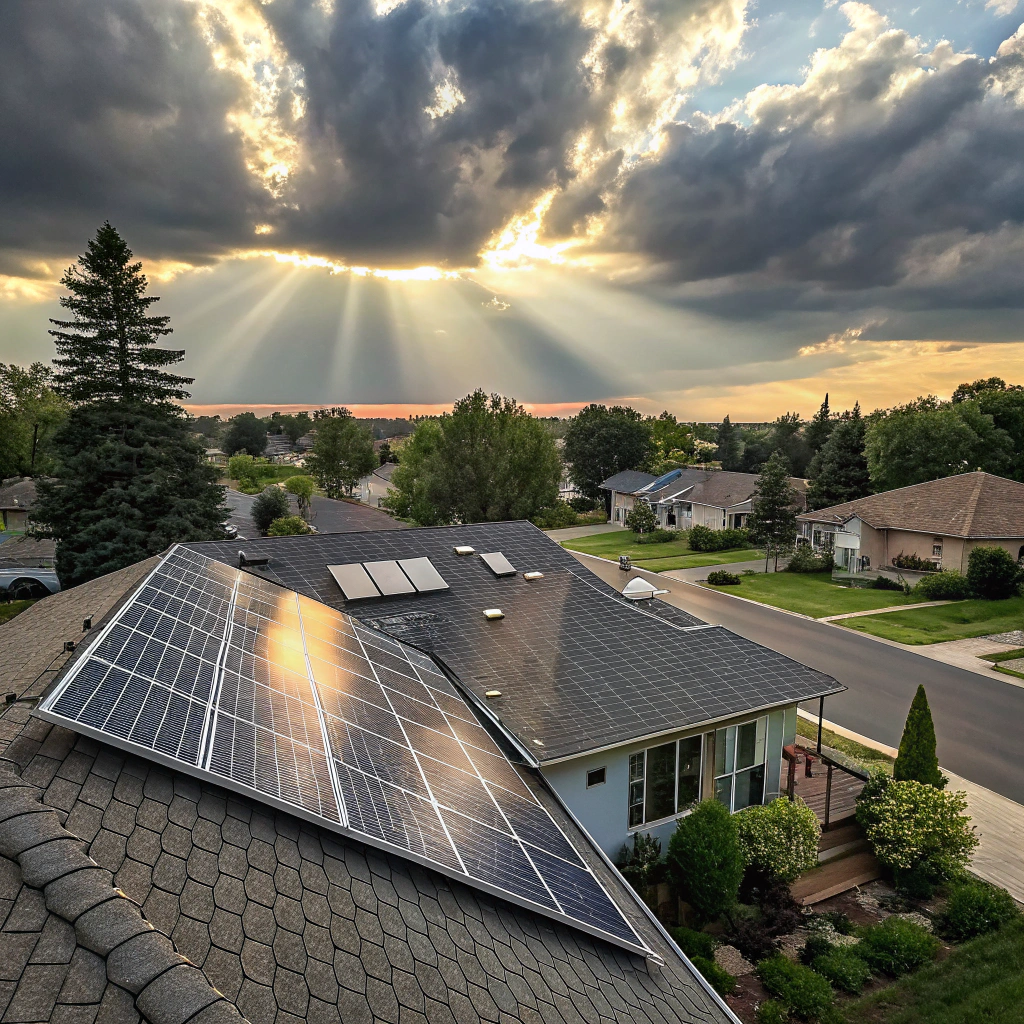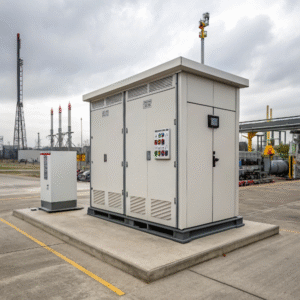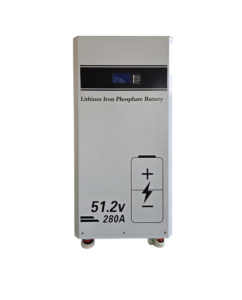How does solar energy turn into electricity? What is the principle of photovoltaic power generation?
by
How does solar energy turn into electricity? What is the principle of photovoltaic power generation?
Ever wondered how sunlight magically becomes the electricity powering your home? The process is simpler—and more fascinating—than you might think.
Solar panels convert sunlight into electricity through the photovoltaic effect, where photons from sunlight knock electrons loose in semiconductor materials, creating an electric current that can be harnessed as power.
Solar Panel Array
While it seems like pure magic, this technology has been decades in the making—and is now more efficient than ever. But how exactly does this daylight alchemy work? Let’s pull back the curtain.
Are photovoltaic panels and solar water heaters the same thing? What is the difference between them?
You might see both on rooftops and assume they do identical jobs—but that’s like comparing a toaster to a microwave.
Photovoltaic panels generate electricity, while solar water heaters use sunlight to directly heat water. Their functions, components, and energy outputs are fundamentally different despite both harnessing solar energy.
Side-by-System Comparison
Breaking Down the Key Differences
Here's a deeper look at how these systems diverge in purpose and mechanics:
1. Core Function
- PV Panels: Convert sunlight → electricity via semiconductor materials
- Water Heaters: Use sunlight → heat transfer fluid → warm water storage tank
I once advised a homeowner who installed PV panels expecting free hot showers—their confusion highlights why understanding this distinction matters.
2. System Components
| Component | Photovoltaic System | Solar Thermal System |
|---|---|---|
| Energy Collector | Silicon solar cells | Dark-colored heat absorber |
| Energy Transfer | Wires conducting electricity | Pipes with heat transfer fluid |
| Storage | Batteries (optional) | Insulated water tank |
3. Efficiency Considerations
- PV panels typically convert 15-22% of sunlight to electricity
- Thermal systems can achieve 60-70% efficiency in heating water
While thermal seems more efficient, remember these metrics measure different outputs—apples and oranges in energy terms.
Does solar power only work when there is sunlight? What about at night?
Here’s the dark truth about solar after sundown—but don’t lose hope just yet.
Solar panels don't produce electricity at night, but battery storage systems and net metering allow solar owners to use stored or credited energy when the sun isn't shining.
Home Battery System
Nighttime Solar Solutions
1. Battery Storage Systems
- Store excess daytime production for nighttime use
- Modern lithium-ion batteries can power homes through the night
- Tesla Powerwall and similar products are revolutionizing home energy independence
2. Net Metering Programs
- Sends daytime surplus to the grid in exchange for credits
- These credits offset nighttime grid electricity use
- Availability varies by location and utility company
3. Hybrid Approaches
Many modern systems combine both solutions for maximum reliability. During my own solar journey, I've found that even a modest battery bank provides peace of mind during outages.
Can't solar power be used directly? Does it have to be stored or converted?
This is where solar gets really interesting—the electricity wants to flow immediately where needed.
Solar power can be used directly when produced, but storage or conversion is necessary to align generation with usage patterns and to power traditional AC appliances.
Energy Flow Diagram
The Direct Use Dilemma
1. Timing Mismatch
- Solar peaks at noon
- Household demand often peaks mornings/evenings
- Without storage, excess midday energy goes unused
2. Current Conversion Needs
| Device Type | Typical Power Requirement |
|---|---|
| Solar panel output | DC current |
| Most home appliances | AC current |
Thus, inverters become essential components to make solar electricity usable for standard devices.
3. Smart Load Management
Some innovators are creating DC-powered appliances and timed-use systems to maximize direct utilization. I helped install a DC refrigerator that runs purely on solar without conversion—an eye-opening example of potential efficiency gains.
Conclusion
Solar energy converts to electricity through photovoltaic cells, stores for nighttime use, and often requires conversion—making it a versatile but initially complex power solution.
You may also be interested in:




